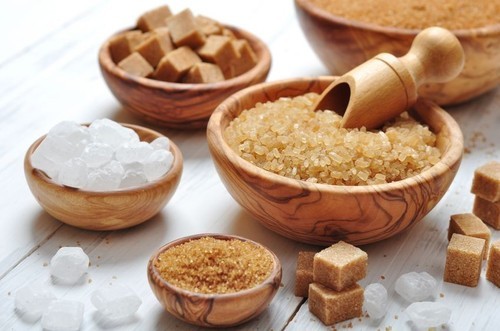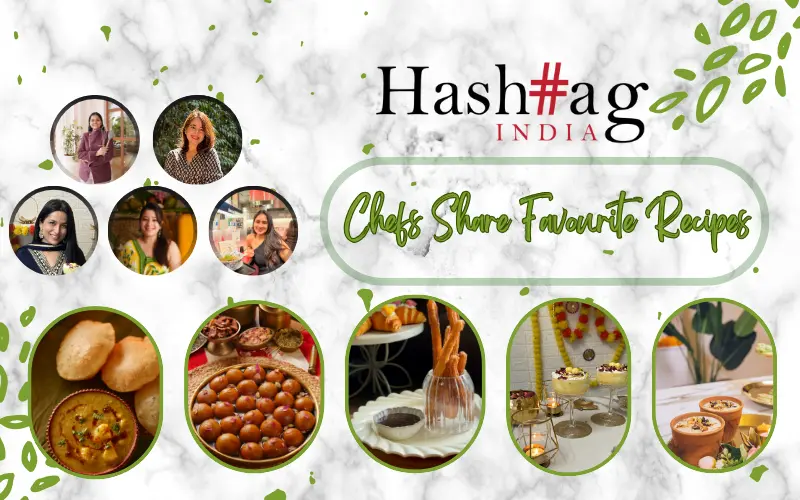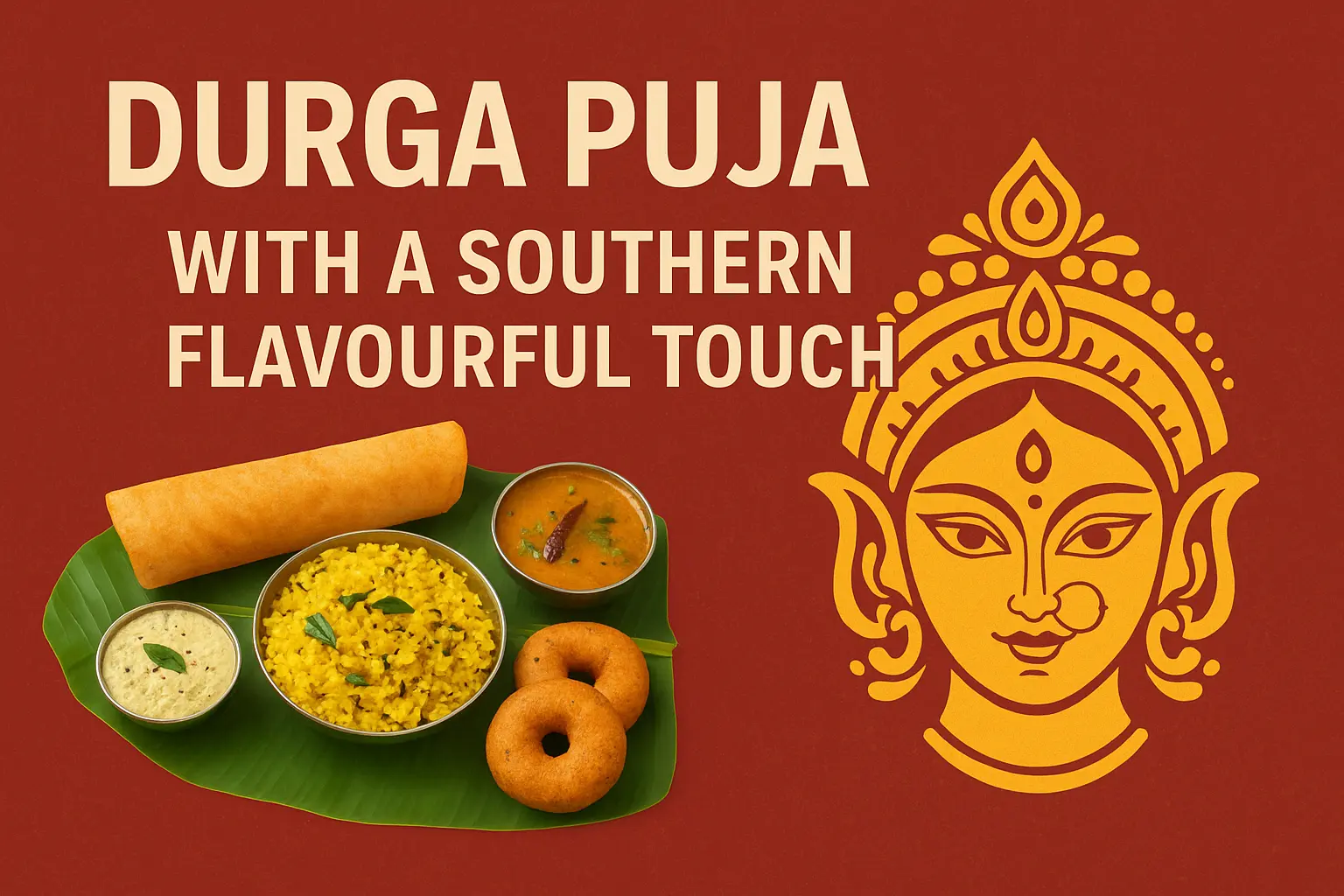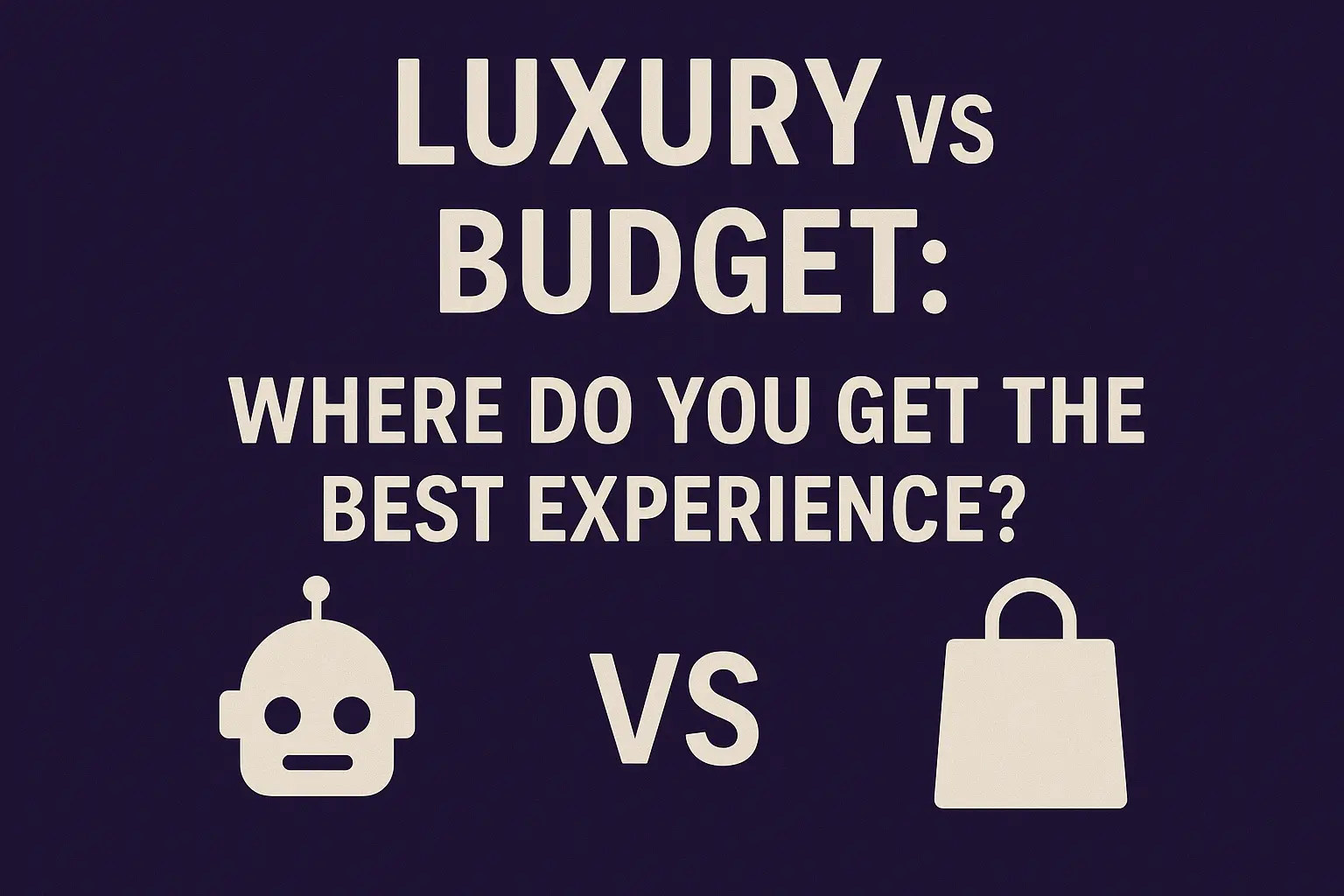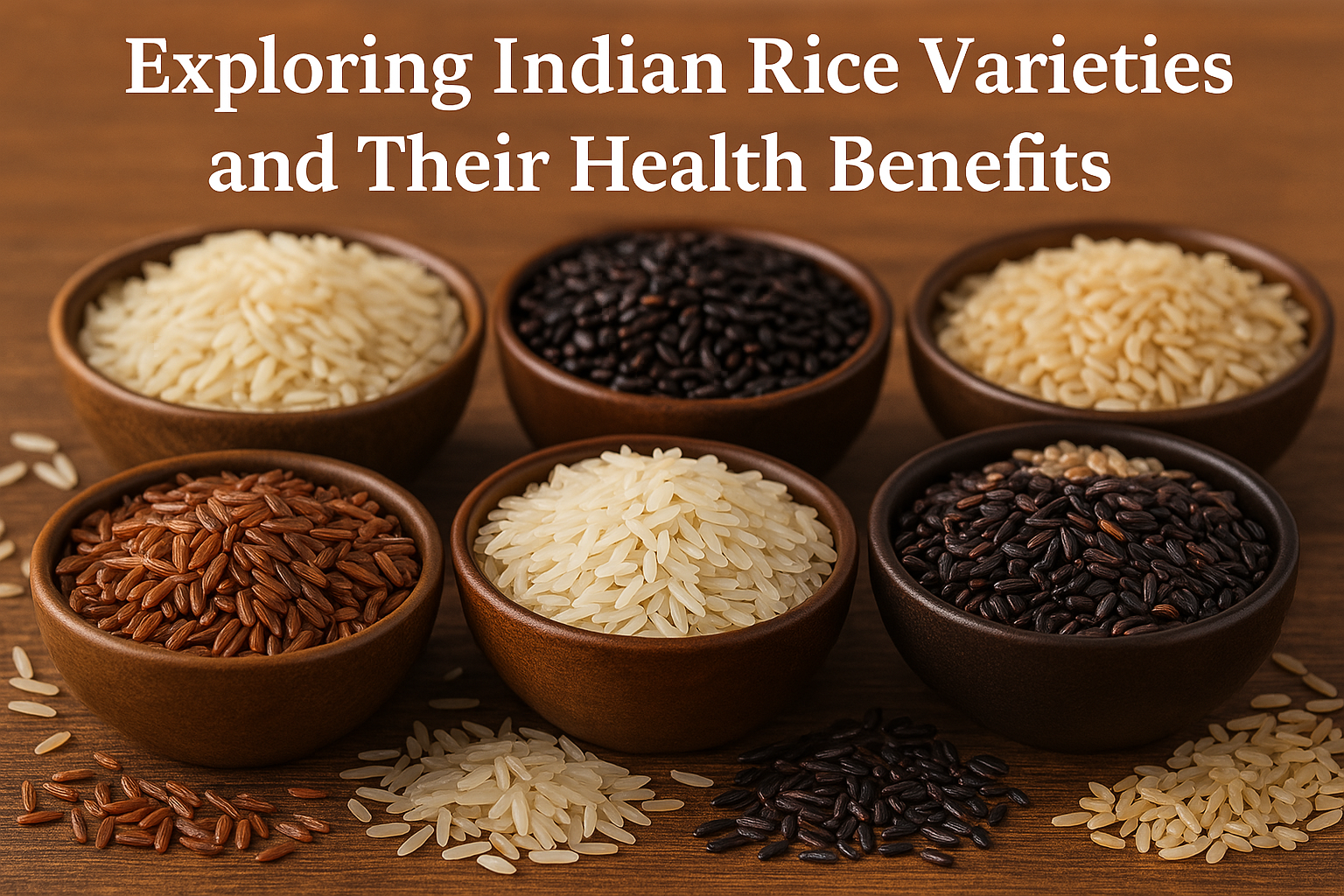Health experts and fitness freaks are suggesting Jaggery and Brown sugar be included in the diet as it is healthier than white sugar and can also be used as an alternative in meals and beverages. Even though they share similarities in color and taste, the properties of these ingredients make them unique in their own way. The debate between Jaggery Vs Brown Sugar will help us in understanding which one should be included in our diet.
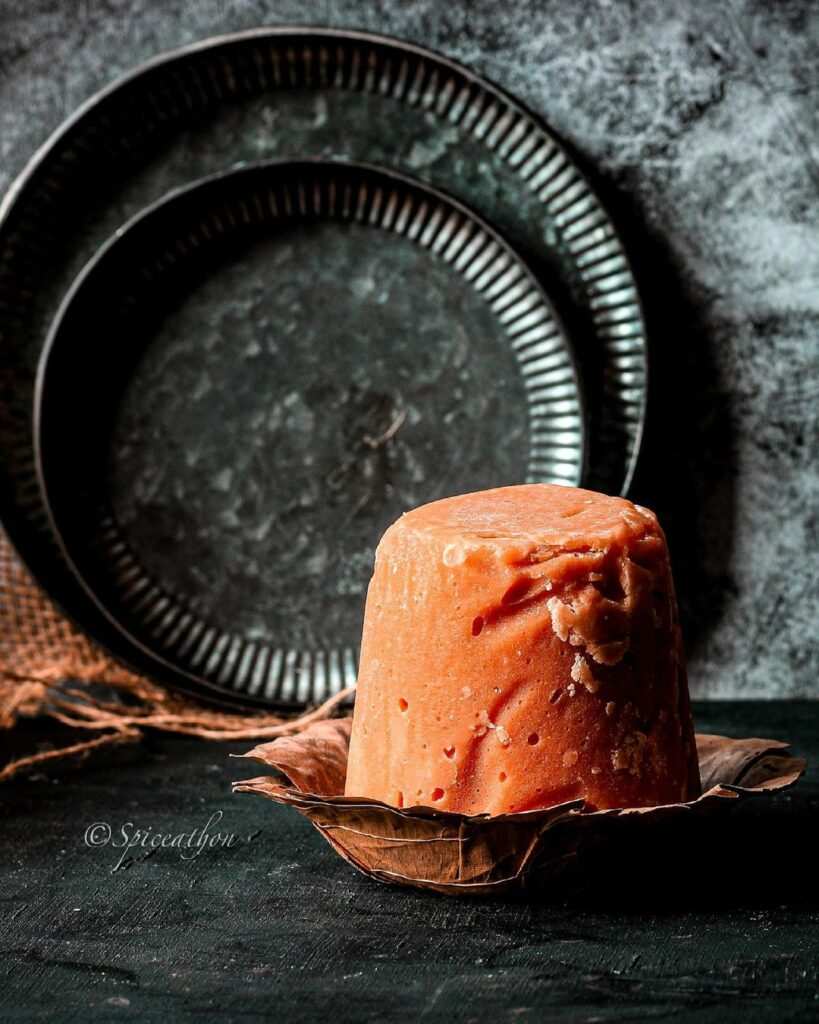
Jaggery Vs Brown Sugar: Differences between Jaggery and Brown Sugar
- Jaggery is a natural sugar that is made without any separation of fluids. But brown sugar is purified sugar where centrifugal work is required.
- Jaggery can be extracted directly from sugar cane. Brown Sugar can only be made with crystals and molasses which comes from sugar cane.
- Jaggery is found only in a few parts of the world and is expensive. While brown sugar is widely used across the world and is cheaper comparatively.
- Jaggery can be used as an ingredient only in a few dishes, whereas, brown sugar can be included in everything.
- Brown Sugar is sweeter in taste than jaggery, as it is blended with molasses.
- Jaggery varies in its shades from brown to dark brown, while brown sugar is consistent in its shades.
- Jaggery is considered a Vegan product because of its purity. On the other hand, brown sugar isn’t vegan because of the charcoal treatment which is done during the refinement process.
- To make the dish more sweet, more amount of jaggery is required. But a little amount of brown sugar is sufficient to get the right taste.
Conclusion
These are the major differences between jaggery and brown sugar. Both of them have their benefits but, jaggery is considered healthier comparatively to brown sugar because of its innate properties.

